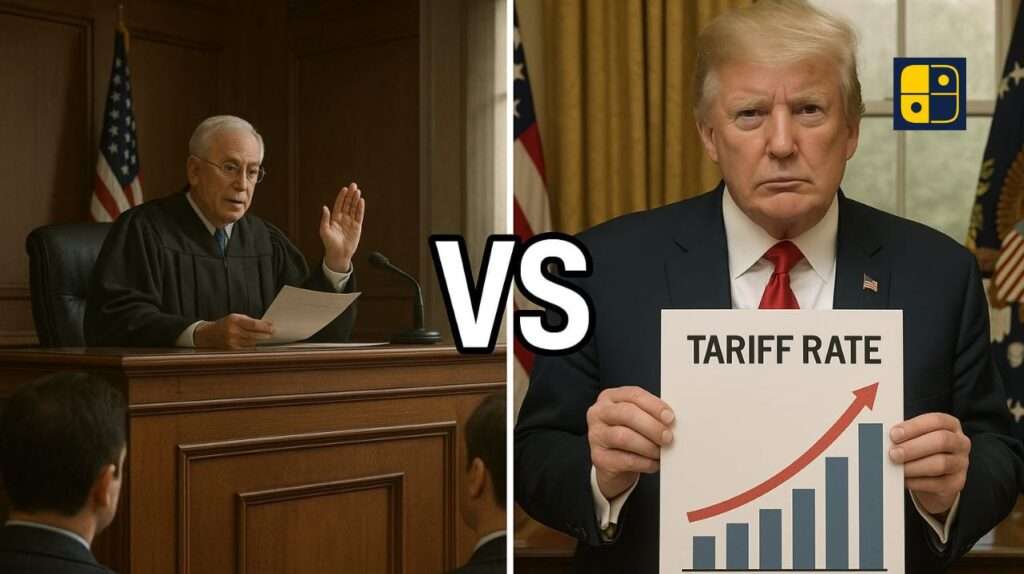A US Appeals Court has ruled that President Donald Trump’s emergency tariffs on imports were illegal under the International Emergency Economic Powers Act (IEEPA). The judges emphasized that IEEPA was designed to freeze assets and block trade with hostile entities during national emergencies, not to impose broad-based tariffs on global imports. Constitutionally, tariff authority lies with Congress under Article I, Section 8 of the US Constitution, not the President, making Trump’s actions an overreach.
The court also highlighted inconsistencies with the Trade Expansion Act of 1962 (often used for national security tariffs) and the Trade Act of 1974, both of which provide limited presidential powers but within specific bounds. For example, the 1974 Act permits temporary tariffs (up to 15% for 150 days) under safeguard provisions, but does not allow open-ended measures like those imposed by Trump. This judgment, therefore, not only invalidates past actions but also narrows the scope of future presidential discretion in trade policy.
Importantly, the ruling does not take effect immediately. The court has allowed the tariffs to remain in place until October 14, 2025, giving the administration time to seek review by the US Supreme Court. If the Supreme Court agrees to hear the case, the central question will be whether a President can rely on emergency powers to bypass congressional authority on tariffs. If the Court refuses or upholds the lower ruling, it could lead to the dismantling of one of Trump’s signature trade policies, affecting industries ranging from steel to consumer goods.
Looking ahead, the administration has three options: appeal to the Supreme Court, seek congressional authorization for new tariffs, or reframe measures under existing laws like Section 232 of the Trade Expansion Act (national security grounds) or Section 301 of the Trade Act of 1974 (retaliatory tariffs against unfair practices). Each path, however, comes with legal and political hurdles. For businesses and global partners, the case signals uncertainty underscoring how the balance of power between Congress and the President on trade could be redefined in the months ahead.

